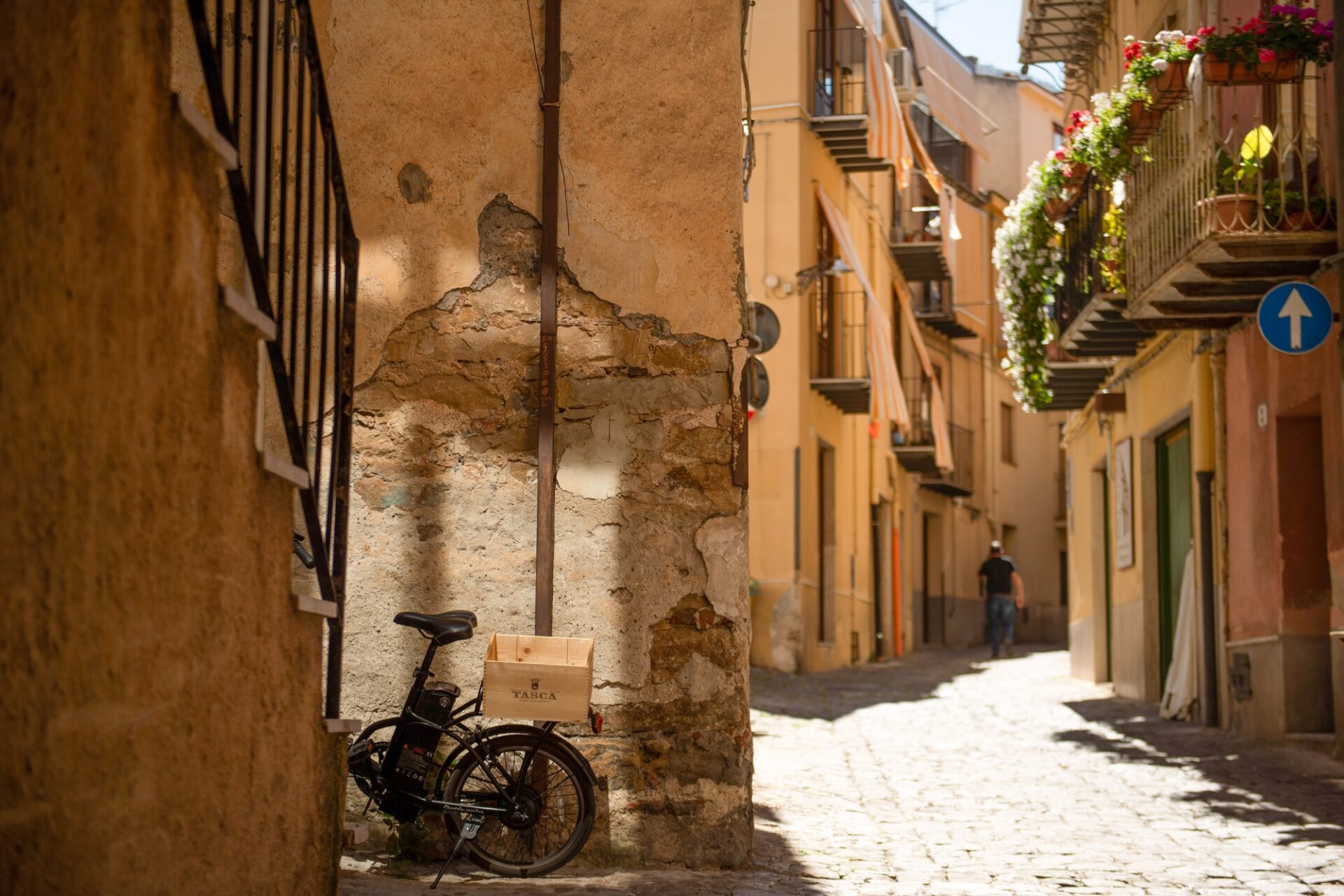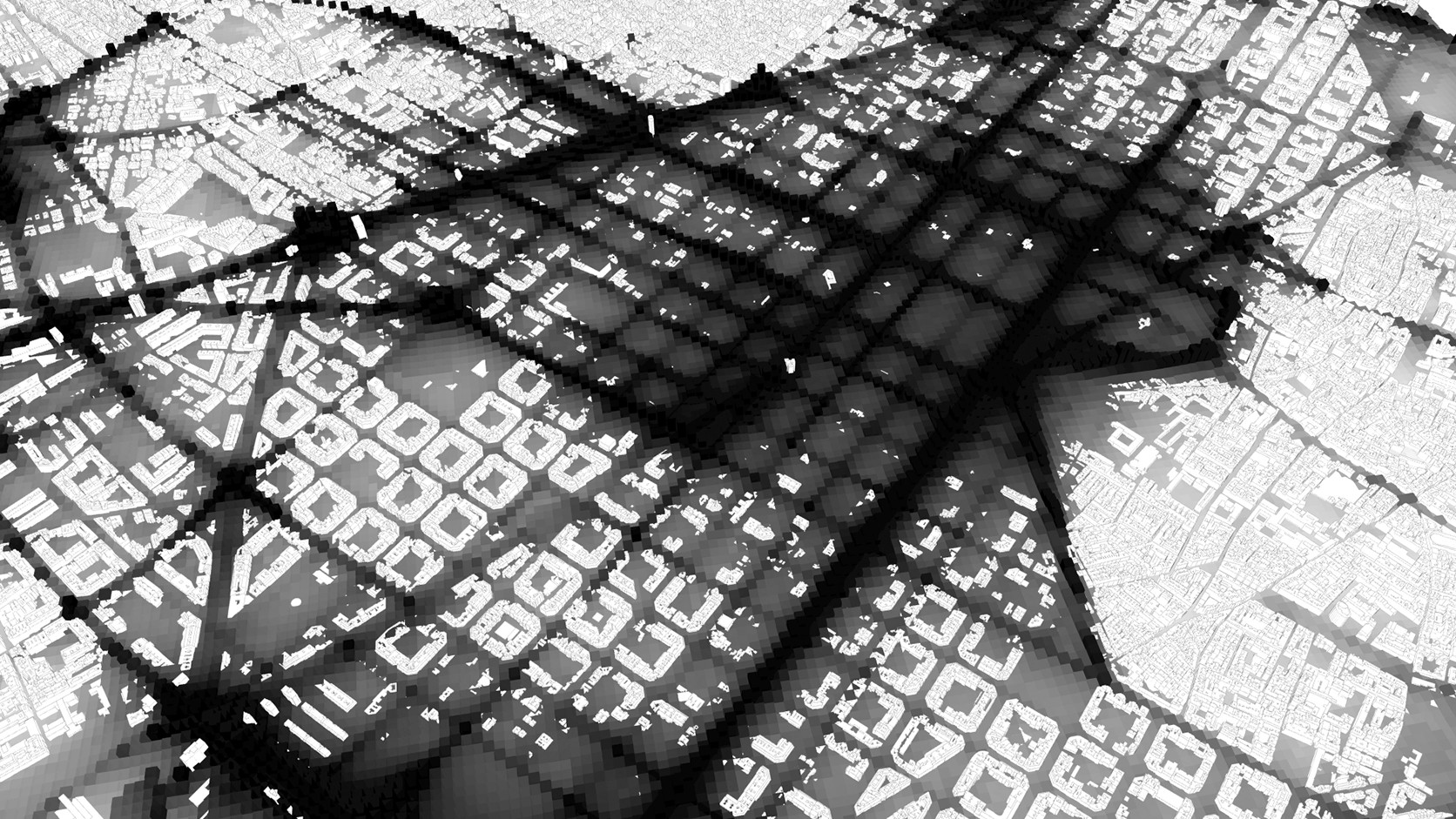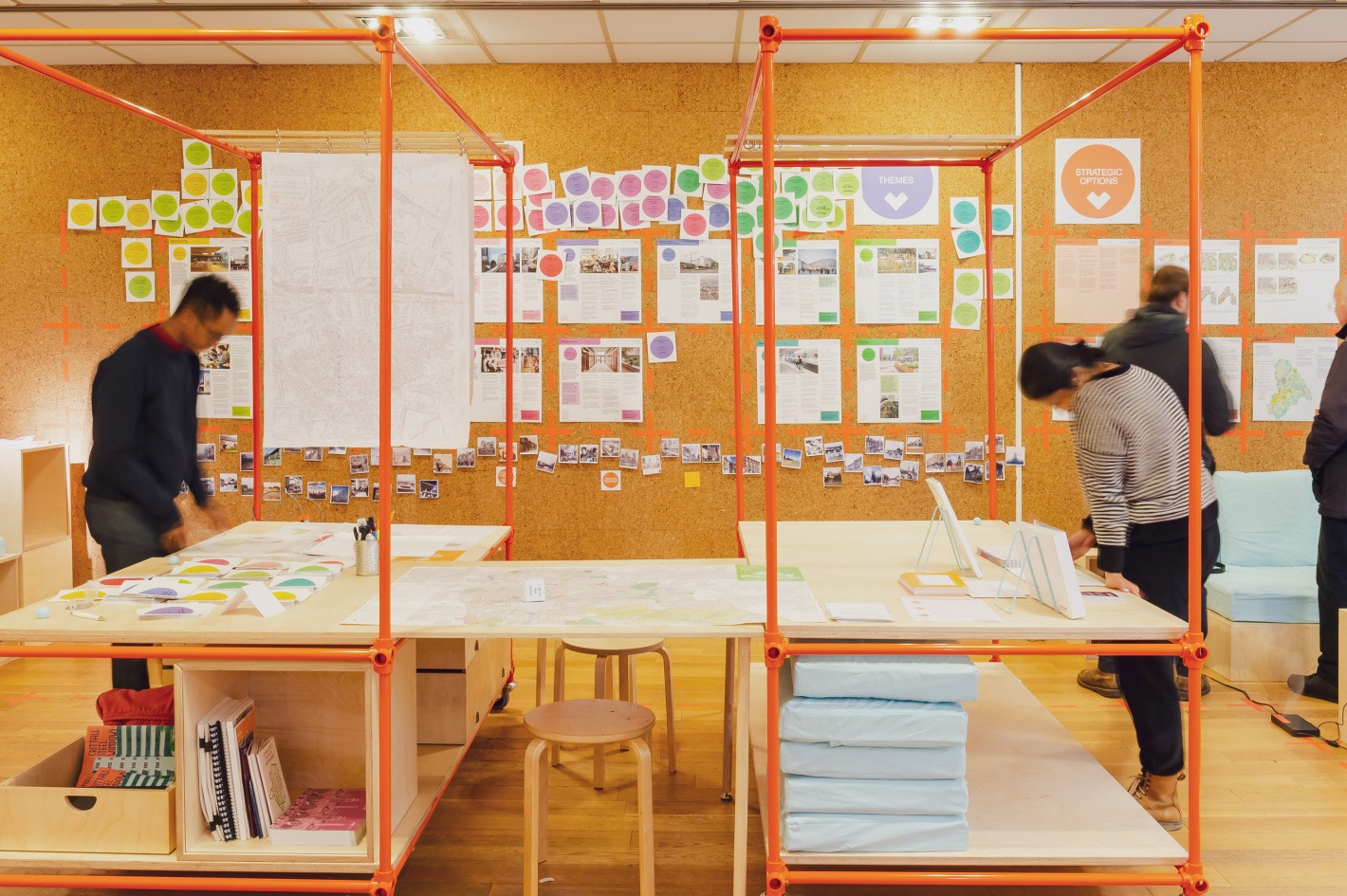From waste to furniture
Such a beautiful project, and with unusual partners. The US Forestry Service, whose mission is conservation, worked with social enterprise Humanim and furniture retailer Room & Board to put together a process of deconstruction of empty houses, rather than demolition, addressing a grave problem in Baltimore.





